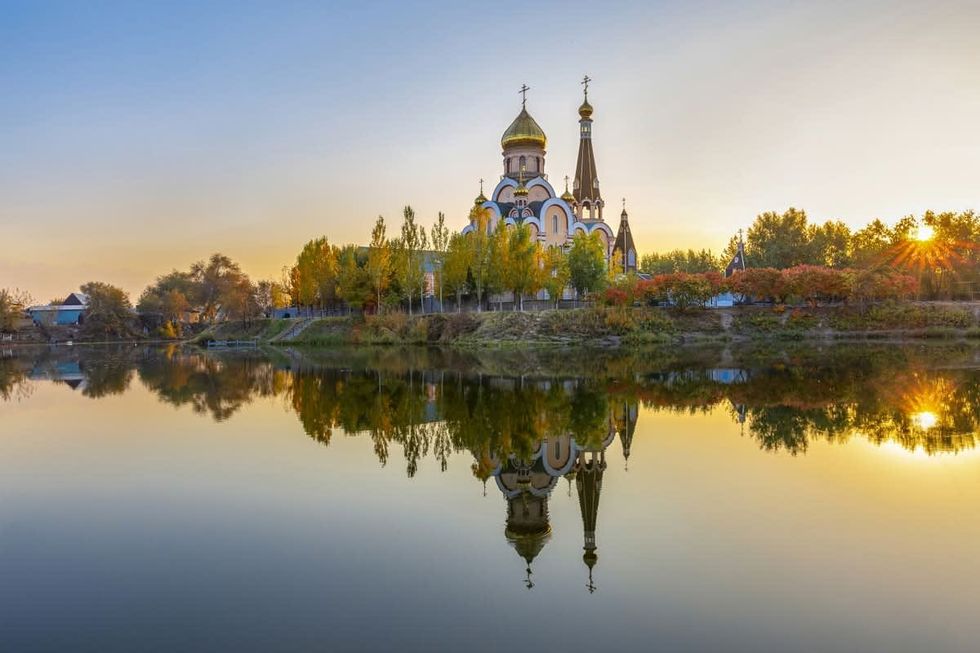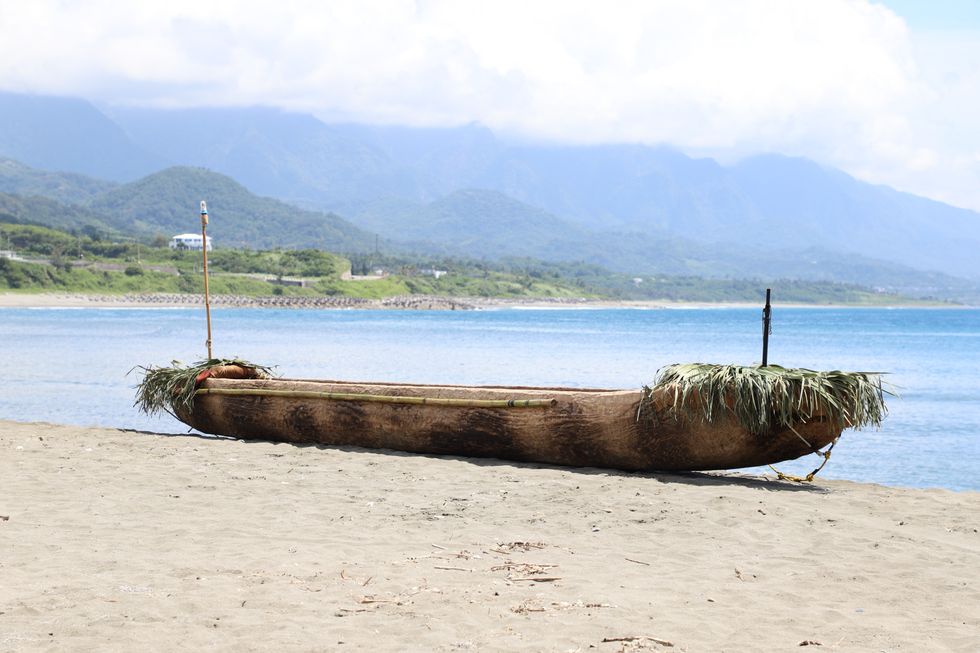Sometimes people give up the search just when they are about to find what they are looking for. That's the kind of thing that happened to a group of raiders who entered a tomb in Kazakhstan's Turkistan region, looking for jewels but stopped after scouring two out of three graves. Little did they know that the treasure they were looking for was in the third grave, which was eventually excavated by a group of archaeologists centuries later. The team that unearthed the ornaments and jewels believes that these graves were from the time of the Kangju empire, Live Science reported.
Between the fifth century BC and the fourth century AD, the Kangju Empire ruled over most of what is present-day Kazakhstan. Running along the Silk Road’s Central Asian passages and bordered by the banks of River Syr Darya, the empire was home to a wide variety of people belonging to different tribes and trading communities. The team discovered the aforementioned treasures in Turkistan's Ordabasinsky district where these 2,000-year-old burial grounds are located. They believe that these artifacts were created by the Kangju people.

The team included archaeologists and experts from the Ozbekali Zhanibekov University in Uzbekistan, as well as some local government archaeologists. According to a translated statement from the Ozbekali Zhanibekov South Kazakhstan Pedagogical University, the findings revealed that Kangju people had highly developed craftsmanship, and they usually traded with ancient Rome, ancient China, and the Kushan Empire farther south.

The artifacts discovered on the site included a bronze mirror, a Roman-style brooch called a fibula, assorted beads, a pottery jug; a shoe; a belt buckle; an arrowhead, and two gold earrings adorned with precious gemstones. Featuring an eight-sided arched design on the back and a hole in the center for a thread, the bronze mirror seemed to have originated in China during the Han dynasty's rule, which lasted from 206 B.C. until A.D. 220. Alongside the mirror, the archaeologists also found remains of a woman, probably a powerful woman, who was buried in this grave thousands of years ago. Such items were highly precious at that time and similar mirrors have also been found in Afghanistan as well as the southern Ural region.

As for the gold earrings found on the site, they are intricate and highly ornate. Crafted with a colorful alloy called “polychromatic gold,” the crescent-shaped earrings are inlaid with turquoise and rubies. According to Live Science, the crescent shape was designed to represent the Moon whereas the rest of the design represents clusters of grapes added to reflect sunlight.
The discovery of such a treasure trove of ancient artifacts only demonstrates how the little-known empire of the Kangju dynasty was flourishing with trade that also connected different cultures across continents during that era. Given the value of these jewels and objects, Kangju was certainly a powerful empire, at least when it came to riches and trade relations. The artifacts will now be displayed in the National Museum of the Republic of Kazakhstan in the city of Astana.


















 Image frmo Scientific Reports of ancient artwork. Image Source:
Image frmo Scientific Reports of ancient artwork. Image Source:  Image frmo Scientific Reports of ancient artwork.Image Source:
Image frmo Scientific Reports of ancient artwork.Image Source:  Image frmo Scientific Reports of ancient artwork.Image Source:
Image frmo Scientific Reports of ancient artwork.Image Source: 

 It's difficult to imagine seeing a color and not having the word for it. Canva
It's difficult to imagine seeing a color and not having the word for it. Canva
 Sergei Krikalev in space.
Sergei Krikalev in space. 


 The team also crafted their canoe using ancient methods and Stone Age-style tools. National Museum of Nature and Science, Tokyo
The team also crafted their canoe using ancient methods and Stone Age-style tools. National Museum of Nature and Science, Tokyo The cedar dugout canoe crafted by the scientist team. National Museum of Nature and Science, Tokyo
The cedar dugout canoe crafted by the scientist team. National Museum of Nature and Science, Tokyo